Last Updated on March 14, 2019 by Babita
Pathradde is a dish which can be eaten at any time of the day. It is made of rice, colocasia leaves, coconut, and spices.
My mom used to make it for breakfast. Since Pathradde is time-consuming, she would prep and cook it the night before. In the morning she would heat it and it was ready to eat. However many people also make it for lunch or dinner. There is really no right time to eat it. I loved Pathradde so much, that if there were leftovers I would have it as a snack.
Pathradde is also a meal in itself. That means you eat it as is you don’t need any sides or condiments. Even though the preparation requires several steps, eventually when you consume it, it is as good as a one-pot meal.
It is a Mangalorean specialty and has origins in South Karnataka, but Mangalorean transplants to other cities like Mumbai have carried on their traditions of making it. So it not uncommon to find this dish in Mumbai homes, especially the Bunt’s Community. Sometimes, if you are lucky you can find it in important events like weddings too.
The most important ingredient in Pathradde is the Colocasia leaves.
It is also known as Tev in Tulu and Kesuvina Ele in Kannada. The most common English names for these leaves are Elephant’s ear (because they actually look like them).
Recently I found out that Pathradde is also known as Arepudha Pathradde. Arepu means curry in Tulu, so it makes sense. Like I mentioned the process for the recipe is time-consuming, so it was not something my mom made often. That is one of the reason it was a wonderful treat to us when she made it.
There are several varieties of colocasia leaves and not all of them are edible. They are not harmful, but you can end up with itchy skin or throat. So it is best to buy the ones found in the Indian stores.
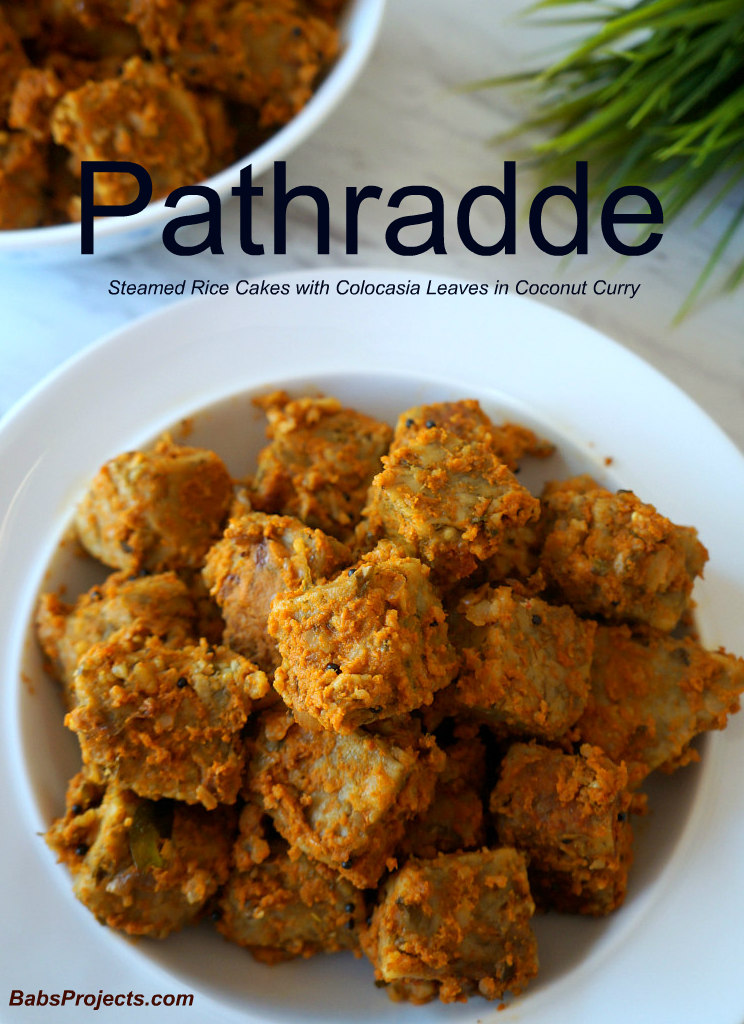
Pathradde – Steamed Rice Cakes with Colocasia Leaves in Coconut Curry
Ingredients for Rice Cakes
10 Colocasia leaves (Tev / Patra leaves)
3 cups of Idli rice
1 tbsp of urad daal
2 tsp coriander seeds
1″ ball of dry tamarind
3 dry red chilies
1/2 tsp cumin seeds
Ingredients for Coconut curry
2 cups of fresh grated coconut
1 tbsp coriander seeds
1/2 tsp cumin seeds
5 dry red chilies
4-5 pieces of dry tamarind
1/2 tsp turmeric
Ingredients for tempering:
1 tsp mustard seeds
10 curry leaves
1/2 onion (finely chopped)
Preparing the Colocasia leaves (Tev)
- Clean both sides of the leaves properly.
- Trim out all the thick stems on the back of the leaves.
- Place all the leaves on top of each other. Roll them and then finely chop them up.
- Set aside until further use.
Preparation for Rice Cake:
- Rinse the idli rice two to three times. Drain and set aside.
- In your blender or wet grinder add rice, urad daal, coriander seeds, tamarind, dry red chilies, and cumin seeds.
- Add a cup of water and blend/grind it to a consistency of thick batter. Add salt and mix this batter vigorously.
- Next, add all of the chopped colocasia leaves to this batter and mix again until. Add a little water if required.
- Pour this batter into a greased pan and steam it for 15 to 2o mins.
- Once done, remove rice cake from the steamer and set aside to cool down.
- Once it has cooled down, cut it into 1″ pieces.
Preparations for the Coconut Curry:
- Dry roast coriander seeds, cumin seeds, and dry red chilies separately.
- In a blender add fresh grated coconut, the roasted spices, tamarind, turmeric, and salt. Add a cup or cup and half of the water and blend it to a fine paste.
- Transfer this curry paste into a stock pot. Add 2 cups of water and bring it to a boil.
- Once the curry had reached the boiling point add the rice cakes to it.
- Mix all the rice cakes and make sure every piece of rice cake is coated in curry.
- Cook this on simmer for 20 mins and then temper it with ingredients mentioned below
Preparations for tempering:
- Heat a small kadhai or frying pan
- Add 2 tbsp of oil.
- Add mustard seeds. Once all of the mustard seeds have spluttered, add curry leaves.
- Next, add the chopped onions and saute until golden brown.
- Temper the above curry and immediately close the pot with a lid.
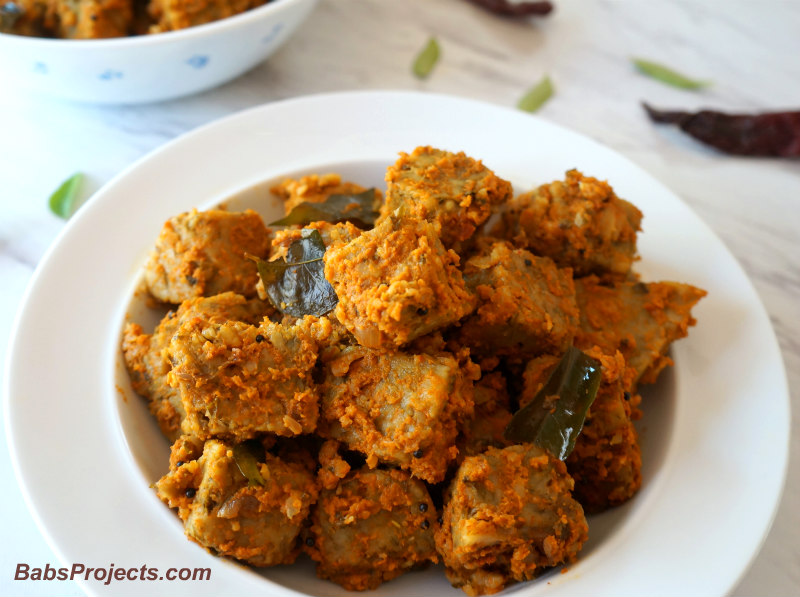
As you can see the process to make Pathradde is long and time-consuming. Once the Pathradde has been tempered it is taken off heat and set aside. Ideally, it is served after several hours. The reason for this is we have to allow all of the rice cakes to soak the coconut curry completely.
Like I mentioned above, my mom prepared it the night before. In the morning she used to re-heat it and then we used to eat it for breakfast.
I hope you enjoyed this unique recipe from my parents home-town. It looks complicated but if you ever had the chance to make Pathradde let me know in the comments below or tag me @babsprojects on Instagram.
Important Notes:
Many people have asked me which blender I use to make the batter. For this particular recipe, I used Premier Table Top wet grinder to grind/blend both the idli batter as well as coconut curry. See picture below:
Premier Small Wonder Table Top Wet Grinder 1.5 Liter by SS Premier
For steaming the rice cakes my favorite go to products are the Rice Cooker and Instant Pot. I have a Black and Decker 15 cups rice cooker which is my absolute favorite and I have used it for years. The size is big, so I can cook/steam bigger quantities of food. You can actually cook rice and steam vegetables also at the same time.
Black & Decker Rice Cooker 6 Cups Of Cooked Rice White Base With Gray Accents
Below is the model of Instant Pot I have. Again very easy to use. Below is the model of Instant Pot I use. I know they keep upgrading their models. I would only opt for 6 Qt or above for purposes of steaming in bigger quantities.
Disclosure: This post contains affiliate links

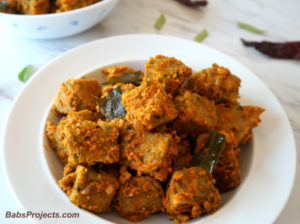


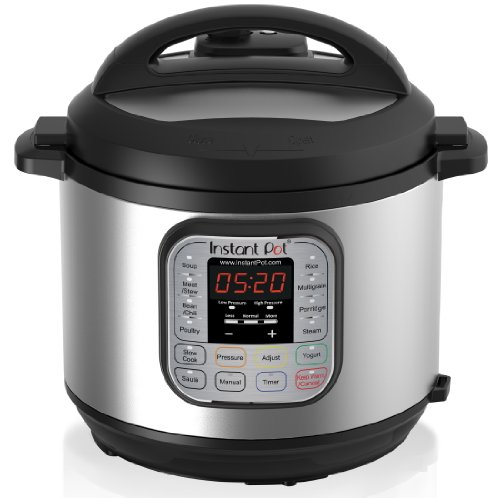
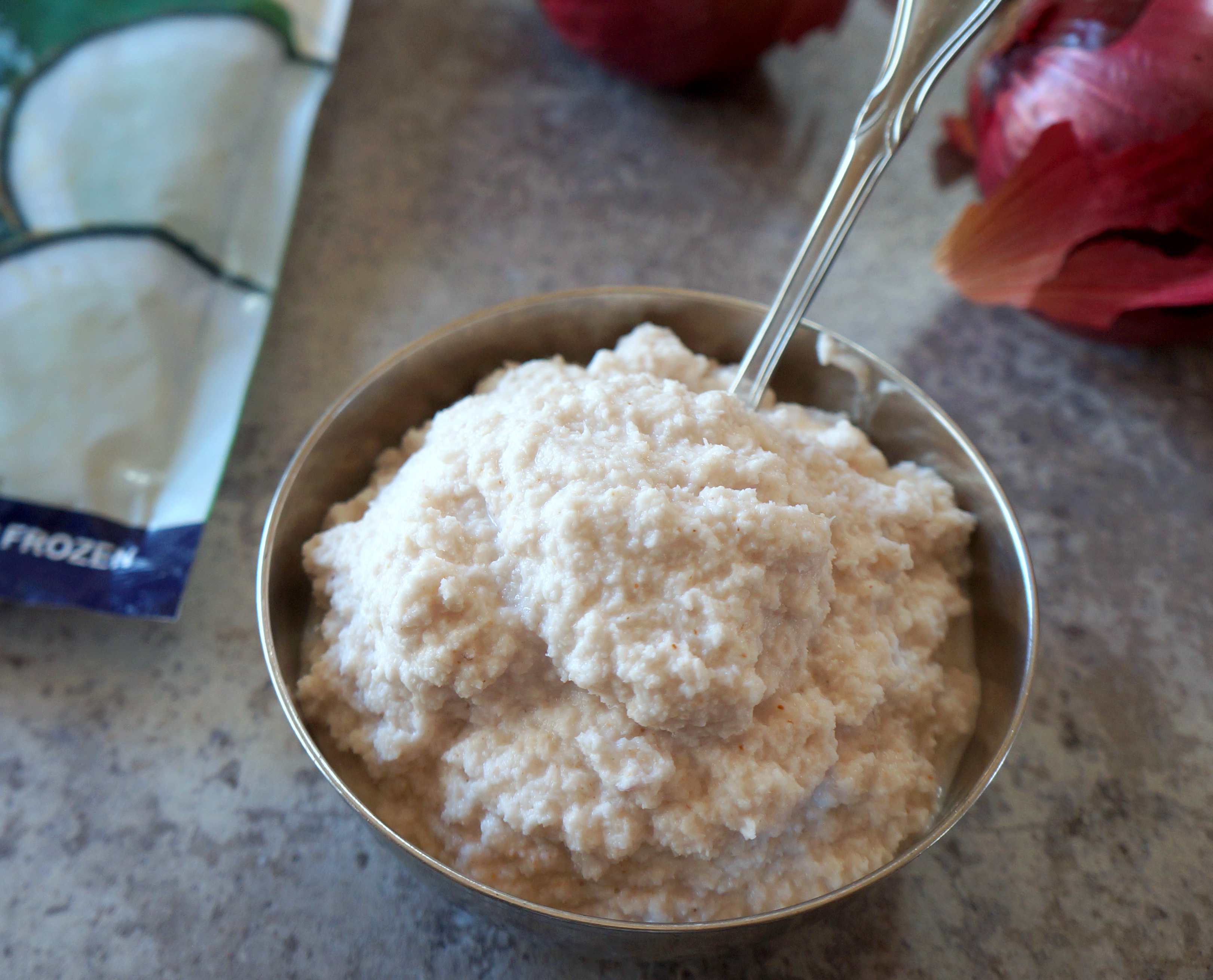 Vaatan | Coconut and Onion Paste for Malvani Recipes
Vaatan | Coconut and Onion Paste for Malvani Recipes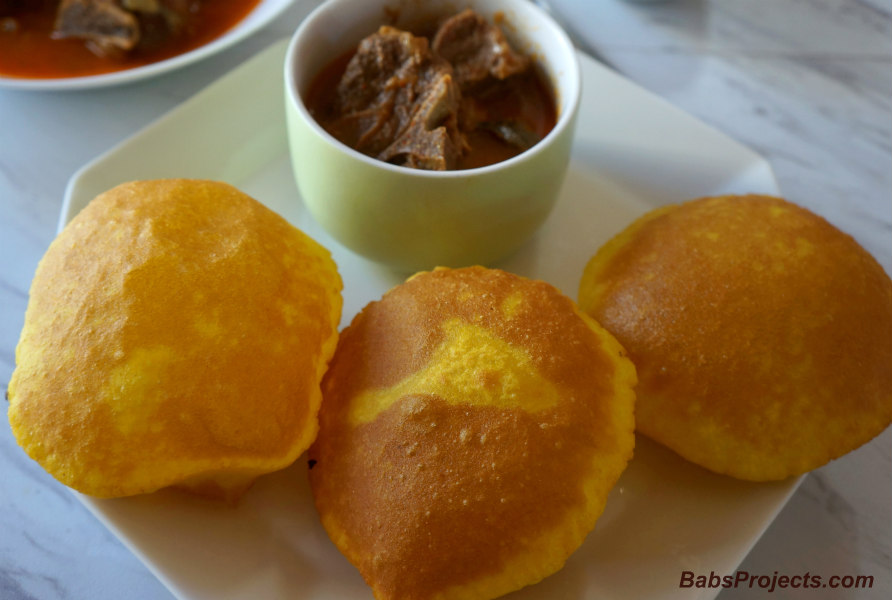
Leave a Reply